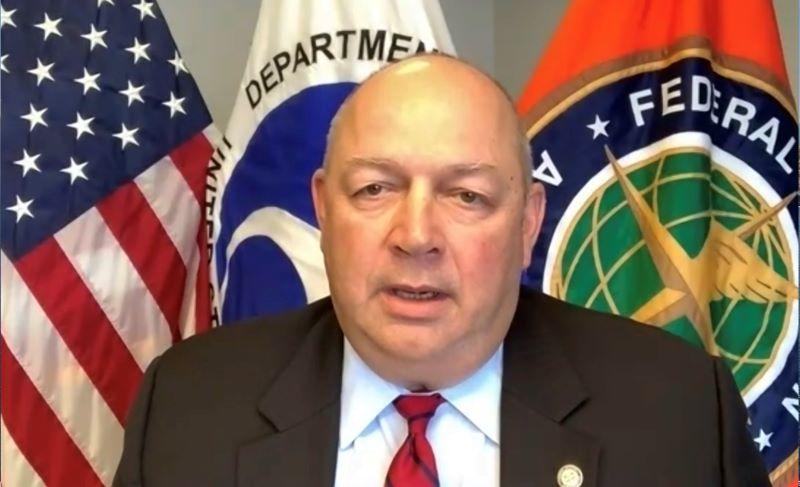
Credit: RTCA
WASHINGTON—The aviation and telecommunications industries need a “stronger, more systemic” means of collaboration to prevent conflicts over potential interference from new 5G wireless networks, FAA Administrator Steve Dickson said. Dickson remarked on the nationwide 5G roll-out during a Jan. 19...
Subscription Required
This content requires a subscription to one of the Aviation Week Intelligence Network (AWIN) bundles.
Schedule a demo today to find out how you can access this content and similar content related to your area of the global aviation industry.
Already an AWIN subscriber? Login
Did you know? Aviation Week has won top honors multiple times in the Jesse H. Neal National Business Journalism Awards, the business-to-business media equivalent of the Pulitzer Prizes.





